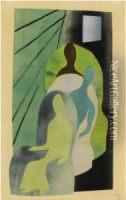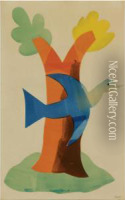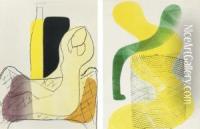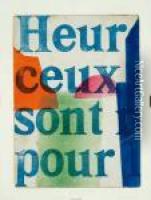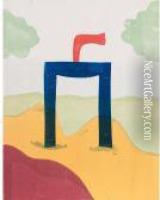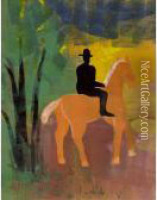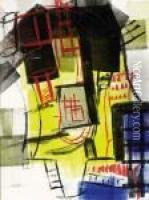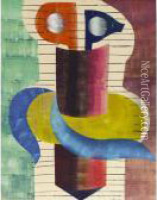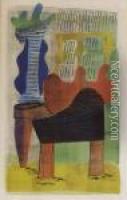Henrik Nicolaas Werkman Paintings
Henrik Nicolaas Werkman was a Dutch artist and printer born on April 29, 1882, in Leens, Netherlands. He is best known for his experimental printmaking, an endeavor he began in the 1920s. Werkman developed a unique printmaking technique that involved the use of rollers and stamps to apply ink to paper, creating vibrant and abstract compositions. His work was not only a form of artistic expression but also a means of resisting the Nazi occupation of the Netherlands during World War II. Werkman became a significant figure in the Dutch artistic movement known as De Ploeg ('The Plough'), which was founded in 1918. This group of artists aimed to break away from traditional artistic conventions and explore new forms of expression. Within this context, Werkman's experiments with printmaking techniques allowed him to produce works that were groundbreaking in their abstraction and use of color. During the Nazi occupation, Werkman used his art as a form of resistance. He published an underground magazine, 'The Next Call', which featured his experimental prints alongside texts. Unfortunately, his activities attracted the attention of the Nazi authorities. In March 1945, just days before the liberation of Groningen, Werkman was arrested by the Gestapo. On April 10, 1945, he was executed by the Nazis, leaving behind a legacy of artistic innovation and resistance. His work continues to be celebrated for its contribution to modern art and its symbolic representation of freedom and defiance against oppression.





